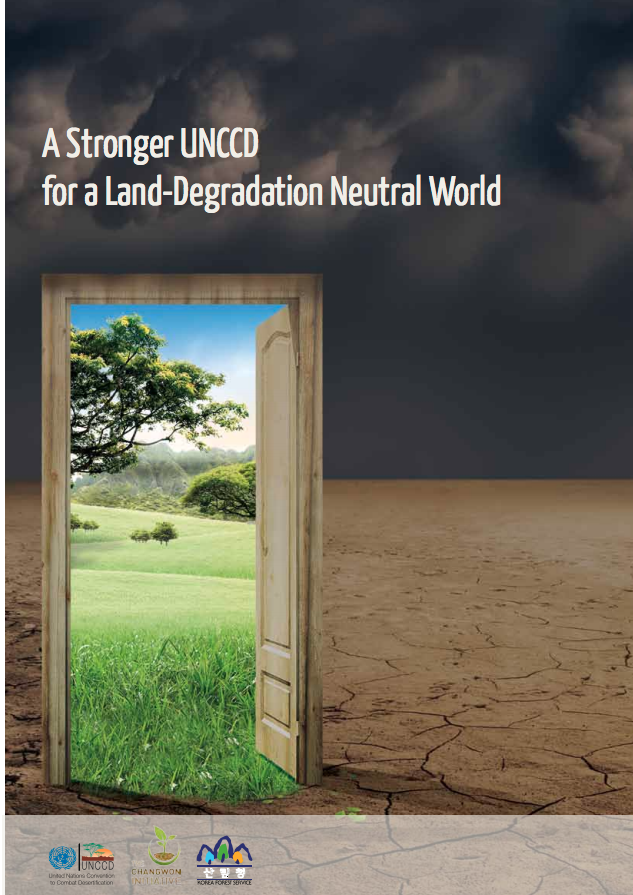Resource information
Land degradation is accelerating and drought is escalating worldwide. At the Rio+20 Conference, world leaders clearly acknowledged that desertification, land degradation and drought (DLDD) are challenges of a global dimension affecting the sustainable development of all countries, in particular developing countries. In view of this, they committed to strive to achieve a land-degradation neutral world in the context of sustainable development and to monitor land degradation globally (paragraphs 205–207 of “The future we want”). The options for translating this vision or aspirational goal into action are now being discussed in a number of fora, especially in the context of the United Nations Open Working Group on Sustainable Development Goals.
Global assessments indicate that the percentage of total land area that is highly degraded has increased from 15% in 1991 to 25% by 2011. While the world’s drylands continue to be the most vulnerable, land degradation is a global phenomenon; some findings indicate that 78% of the total land being degraded between 1981 and 2003 is located in terrestrial ecosystems other than drylands (Bai et al., 2008). DLDD processes have accelerated rapidly in the last century, with an estimated 24 billion tons of fertile soil lost to erosion in the world‘s croplands (FAO 2011). If the current scenario of land degradation continues over the next 25 years, it may reduce global food production, from what it otherwise would be, by as much as 12% resulting in world food prices as much as 30% higher for some commodities (IFPRI 2012). This at a time when population growth, rising incomes and changing consumption patterns are expected to increase the demand for food, energy and water, by at least 50%, 45% and 30%, respectively by 2030 (IFPRI 2012). These expected levels of global demand cannot be met sustainably unless we protect and restore the fertility of our soil thus securing the productivity of our land.
This issue brief addresses the scope of the DLDD challenge and the benefits of a land-degradation neutral world. It also proposes a target-setting approach with clear pathways of action


